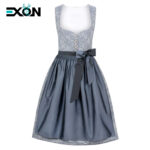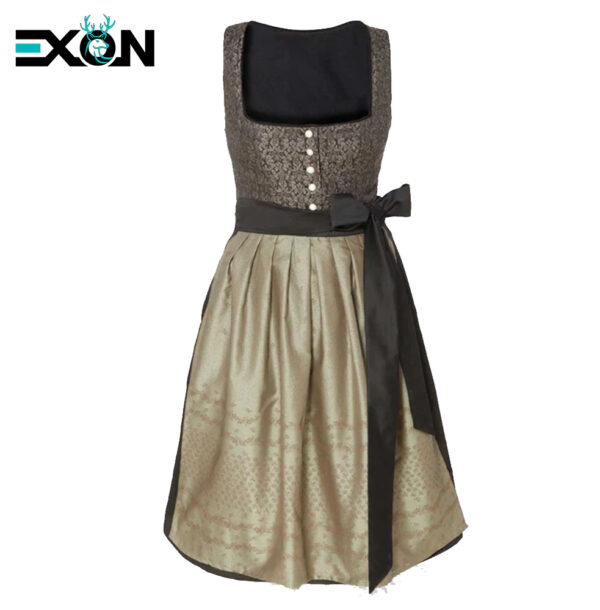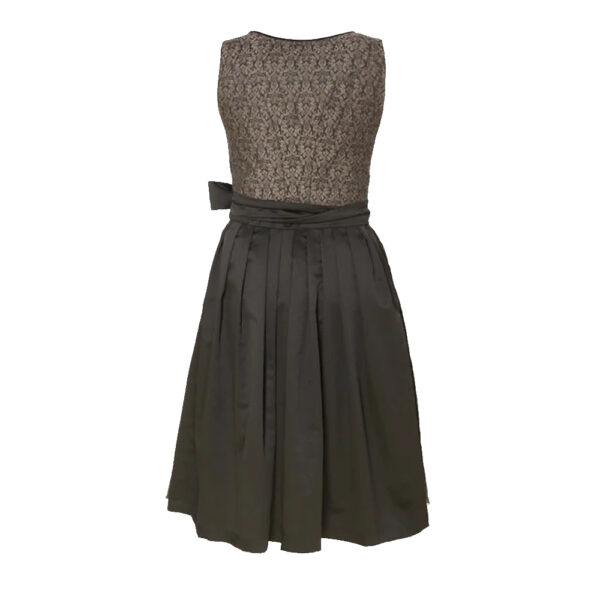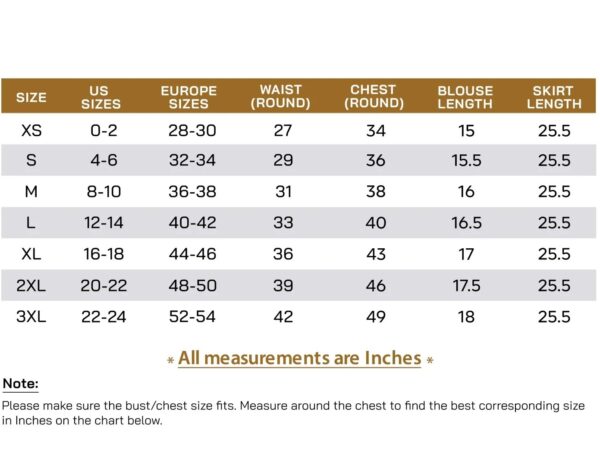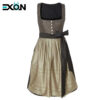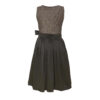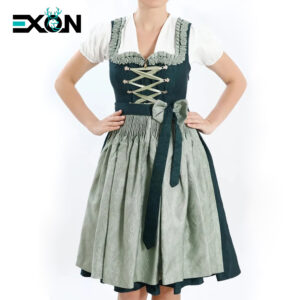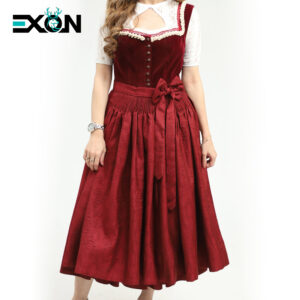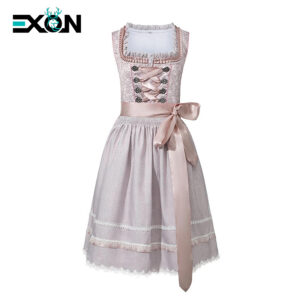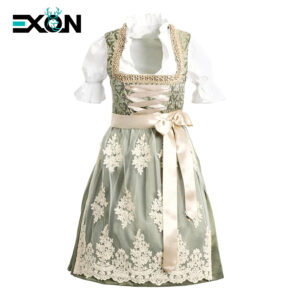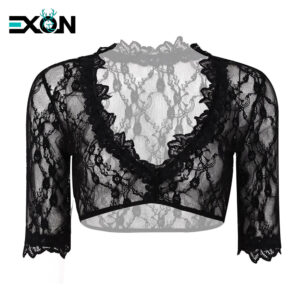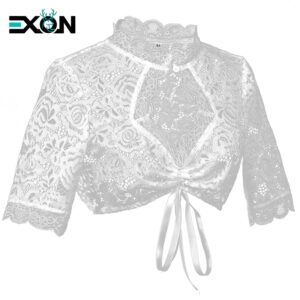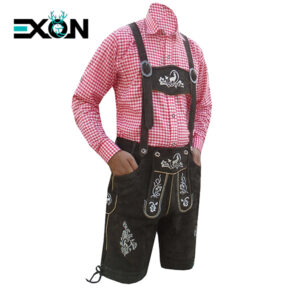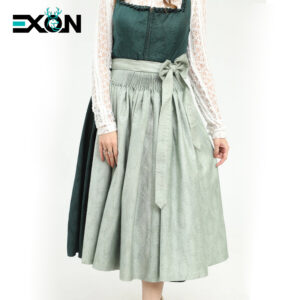Description
The German Dirndl: A Tapestry of Tradition, Tailoring, and Timeless Style
The German dirndl is far more than a quaint folk costume; it is a powerful symbol of cultural identity, a masterpiece of tailoring, and a vibrant, living fashion tradition that continues to captivate the world.
From the bustling tents of Munich’s Oktoberfest to the idyllic villages of the Bavarian Alps, the dirndl tells a story of regional heritage, feminine strength, and enduring elegance.
From Humble Roots to High Fashion
The Bavarian dirndl’s origins are deeply practical. Its name comes from the Bavarian-Austrian word “Dern,” which originally referred to a young woman or maid. In the 19th century, it was the standard workwear for Alpine farm women and domestic helpers.
This original Arbeit dirndl (work dirndl) was valued for its durability and Bavarian functionality, crafted from robust linen or wool, with a design that allowed for freedom of movement during labor.
Its transformation into a symbol of national pride and festive wear began in the late 19th and early 20th centuries.
As city dwellers began to romanticize rural life, the upper class adopted and refined the dirndl, using finer materials like silk, introducing brighter colors, and adding intricate embellishments. This evolution turned a practical garment into a celebrated icon.
Anatomy of an Icon: Deconstructing the Dirndl
A true dirndl is a sartorial puzzle of several key components, each with its own purpose and history:
-
The Blouse (Dirndlbluse): The foundation. Traditionally white and puffed-sleeved, it is often made of cotton, lace, or eyelet embroidery (Broderie Auglaize). The blouse modesty frames the neckline and adds a soft, feminine touch against the structured bodice.
-
The Dress (Klein): This consists of two main parts:
-
The Bodice (Moeder): The heart of the dirndl. This tightly fitted, often boned corset-like top is designed to sculpt and flatter the figure, creating a defined waist and accentuating the bust. It is typically the most decorated part, featuring embroidery, lace-up fronts, ornate buttons, or edelweiss pins.
-
The Skirt (Rock): Characterized by its fullness and volume, the skirt is designed to swing gracefully when dancing or walking. Its length can vary, with traditional styles falling just below the knee.
-
-
The Apron (Schurz): Not merely decorative, the apron is the final, crucial layer. It is always tied over the skirt, and how it is tied carries a secret language of its own. The bow’s placement signals the wearer’s relationship status: right for taken, left for single, center for widowed, and back for waitresses (or sometimes children).
More Than a Dress: A Cultural Language
The dirndl is a rich visual language. Variations in color, trim, and Bavarian design often indicate the wearer’s specific regional origin. For example, the iconic Mosbacher Dirndl from Upper Bavaria is known for its dark green bodice and specific floral embroidery patterns. Wearing a dirndl is an act of connecting with one’s Heimat—a deep sense of homeland and belonging.
Furthermore, the dirndl has experienced a massive modern revival. Today, it exists on a spectrum from the faithful, hand-embroidered traditional models to bold, contemporary interpretations from high-fashion designers.
Modern dirndls might feature shorter hemlines, daring necklines, bold patterns, or fabrics like leather and neoprene, proving the style’s incredible adaptability and enduring relevance.
The Dirndl Today: A Global Phenomenon
While deeply rooted in German and Austrian culture, the dirndl has become a global phenomenon, thanks largely to the worldwide celebration of Oktoberfest. It represents a unique blend of authenticity, celebration, and sophisticated craftsmanship.
To wear a dirndl is to participate in a centuries-old tradition. It is to embrace a silhouette that celebrates the female form, to don a garment rich with history, and to experience the undeniable joy and confidence that comes from wearing a true piece of wearable art.


